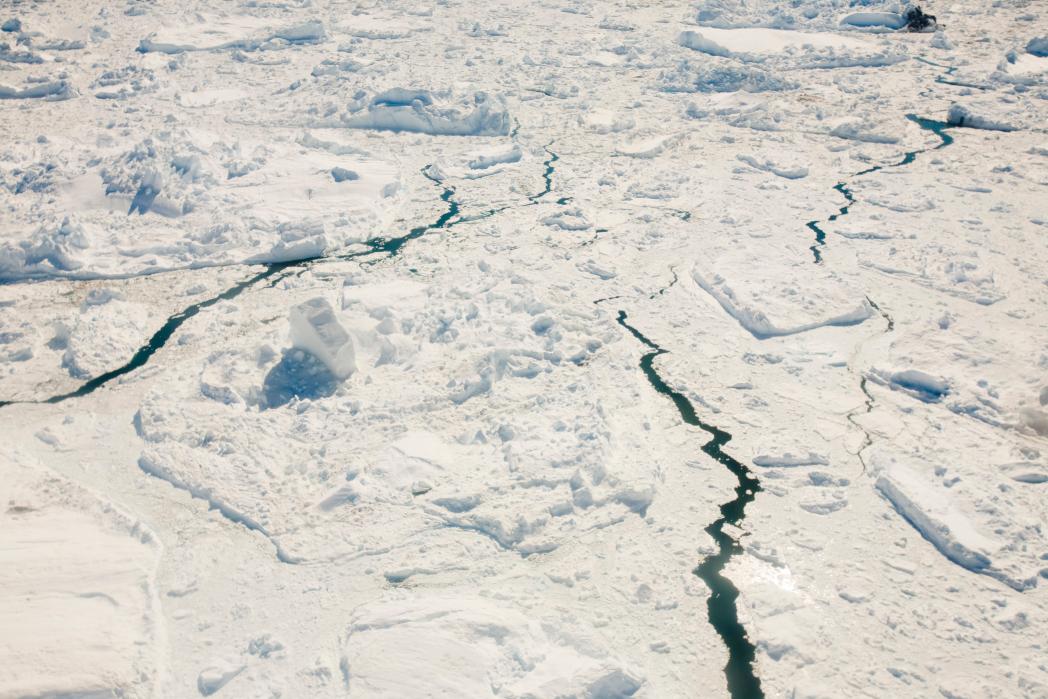
Myth 1. The Earth’s climate has always changed
Over the course of Earth’s 4.5-billion-year history, the climate has changed a lot, this is true. However, the rapid warming we’re seeing now can't be explained by natural cycles of warming and cooling. The kind of changes that would normally happen over hundreds of thousands of years are happening in decades.
Global temperatures are now at their highest since records began. In fact, the 10 warmest years on Earth, since 1880, have occurred since 2014.[1]
So, when people talk about climate change today, they mean anthropogenic (human-made) climate change. This is the warming of Earth’s average temperature as a result of human activity, such as burning coal, oil and gas to produce energy to fuel our homes and transport, and cutting down trees to produce the food we eat. You can read more about it here: How do we know climate change is real?
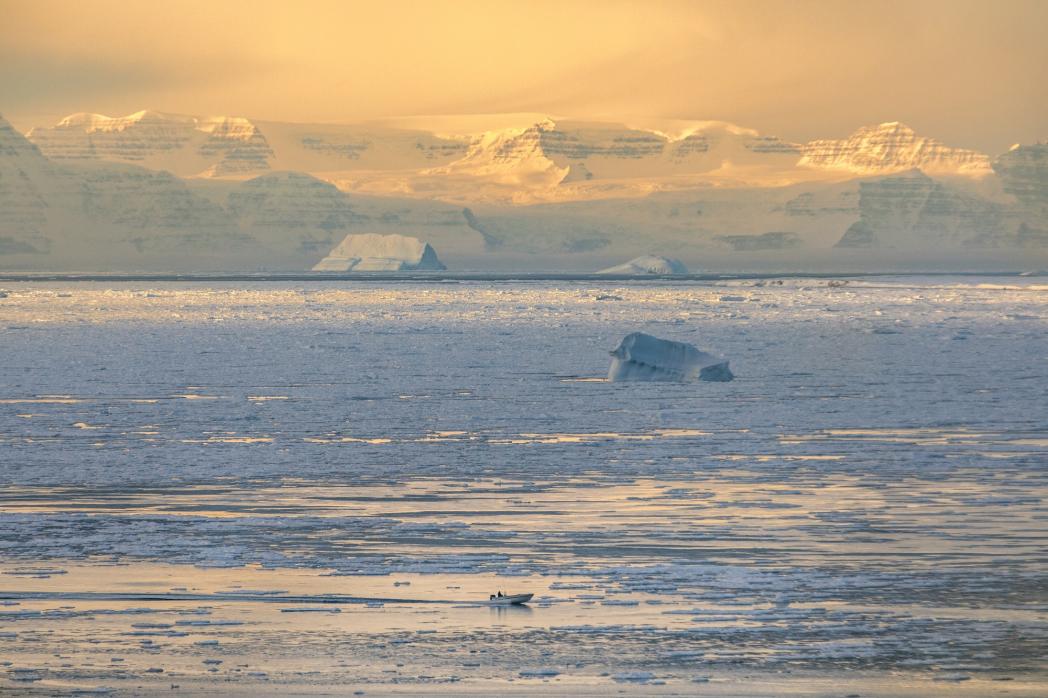
Myth 2. Global warming isn't real as it's still cold
Global warming is causing the Earth’s average surface temperature to rise which, in turn, is causing changes in our natural climate systems. These changes are making all sorts of extreme weather events more likely and more severe, including more intense droughts, heatwaves and hurricanes but also, strangely, an increased potential for more severe cold weather events
There is also an important distinction between weather and climate. Weather refers to short-term changes in the Earth’s atmosphere and represents things such as temperature, rain and cloudiness. Climate refers to longer-term changes in the Earth’s atmosphere over extended periods of time. Short-term changes in the weather will continue and that is why we can still experience cold snaps, despite the fact that the Earth’s temperature is warming. On top of this, we will keep on experiencing natural seasonal variations as the Earth orbits around the sun, so winter will continue to feel cooler than summer, even though the overall temperature is higher than it was 100 years ago.
Due to where we are in the world, the UK and Ireland are likely to get more wind and rain as a result of climate change, while New York could see more snow. The complex interaction between factors in the Earth’s climate makes extreme weather events, both hot and cold, more unpredictable and impactful.
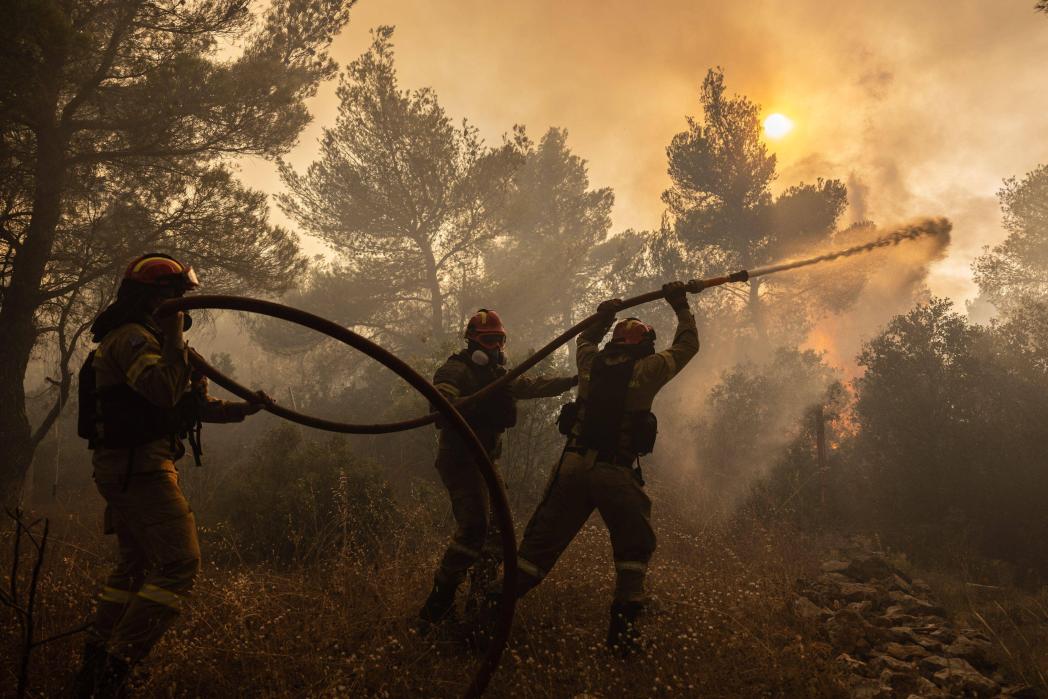
Myth 3. Heatwaves and wildfires have nothing to do with climate change
Climate change makes extreme weather more frequent and intense, including heatwaves, wildfires and floods.
The evidence shows that extreme heatwaves have increased since the 1950s and human-induced climate change is the main driver; with every additional increment of global warming, these extremes continue to increase.
Because climate change creates warmer and drier conditions, even if a wildfire is started as a result of human activity, there is more fuel available when vegetation is very dry, and the relative humidity of the air will be lower, allowing fires to spread further and faster. In addition, the global wildfire season is getting longer, due to higher temperatures and longer droughts.
Wildfires can pose an immediate threat to the lives of people and animals in the area, as well as causing damage to soil, vegetation and whole ecosystems. Smoke and ash from wildfires pollute air, water and land.
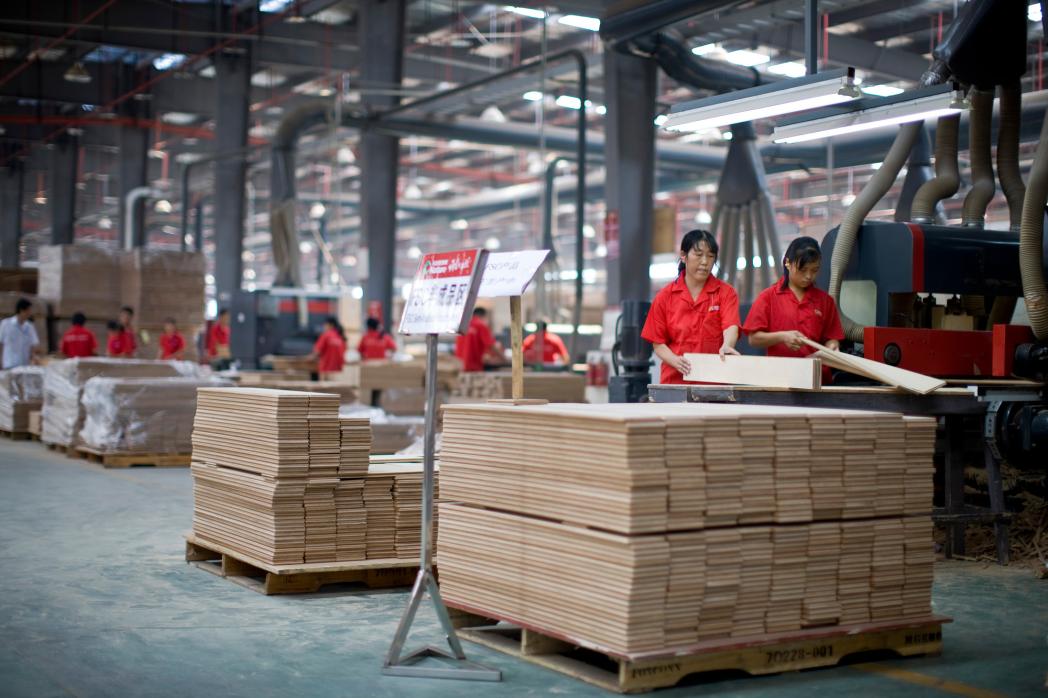
Myth 4. China is mostly responsible for climate change
Human-induced climate change is something that has been happening for many years and Western countries, like the UK, have played a big role in contributing to carbon emissions over the past 200 years. This means that only looking at who the biggest emitters of greenhouse gases are today is an oversimplification of a very nuanced topic.
A lot of the products we purchase in the UK are manufactured in China, meaning that we are essentially transferring a large portion of our emissions to the countries responsible for creating the products we use. Part of the reason emissions from highly industrialised countries are so high is because of the high demand for products created by them, from countries such as the UK.
Despite being one of the largest emitters of greenhouse gases today, in part because it’s such a big country, China’s emissions per person are less than other countries like the United States.
China is also currently investing heavily in renewable energy. The increase in investment has been in response to the rapid growth of green business, the demand for renewable energy and the need to clean up air pollution in its major cities.
Climate change is a global issue, and we all have a responsibility to step up to tackle the climate crisis. The problem will not be solved unless all countries put in as much effort as they can and work together. Action on climate change will need serious investment but has the potential to deliver huge benefits for nature and people. We all need to raise our voices and fight for our world!
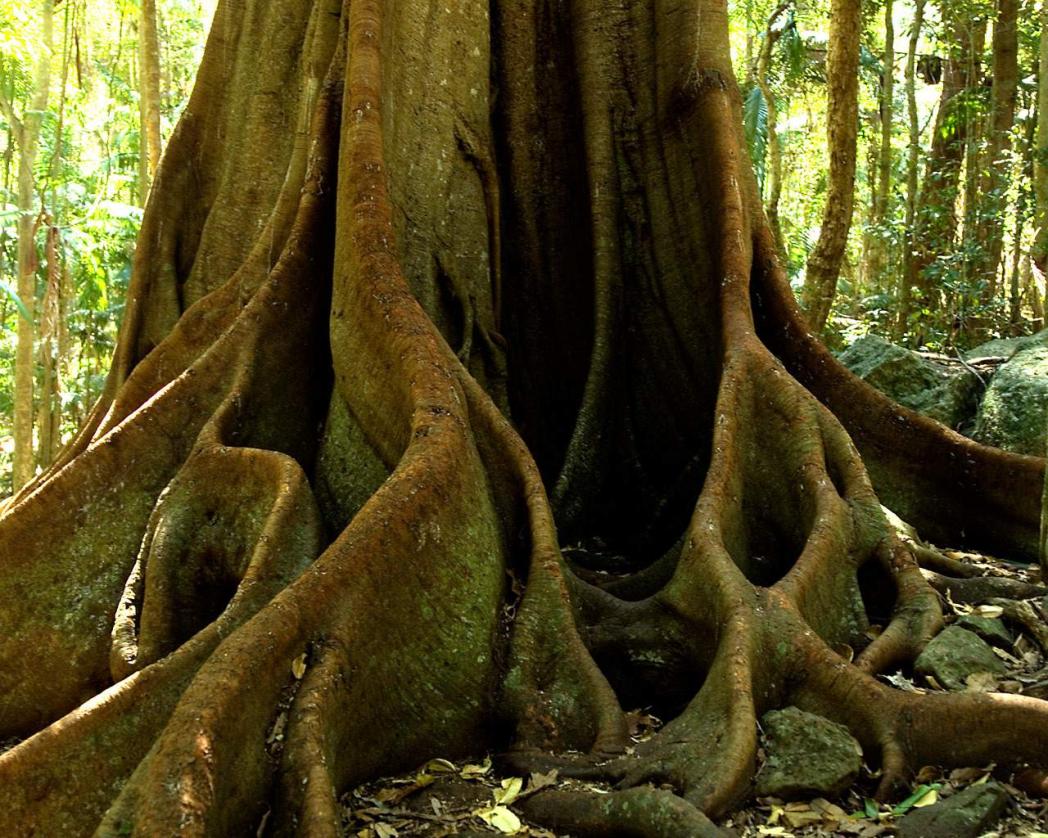
Myth 5. Plants need carbon dioxide
Plants do need carbon dioxide (CO2) to live. Plants and forests remove and store away huge amounts of carbon dioxide from the atmosphere each year. The problem is, there’s only so much carbon dioxide they can absorb and this amount is getting less, as more and more forests are cut down across the world, largely to produce our food.
Let’s be clear, CO2 itself does not cause problems. It's part of the natural global ecosystem. The problem is the quantity of CO2 that’s being produced by us as humans; there hasn’t been this level of CO2 in the atmosphere for thee million years.[2]
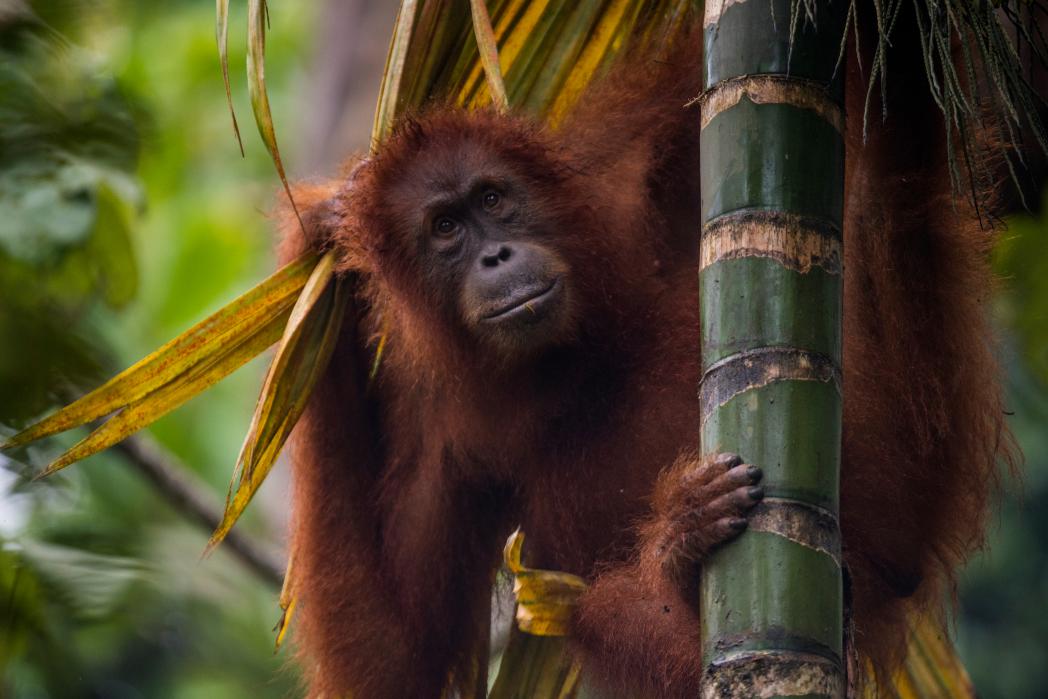
Myth 6. Animals will adapt to climate change
This one isn't a complete myth; Darwin got the adaptation part right. However, let’s be clear, some plants and animals will adapt but not all.
To survive, plants, animals and birds confronted with climate change have two options: move or adapt. There are several examples of species that have begun to adapt to climate change already.
But increasingly, it's a different story for many. Given the speed of climate change, it’s becoming impossible for many species to adapt quickly enough to keep up with their changing environment. As habitats are destroyed by roads, cities and dams, moving becomes increasingly difficult. For those that can’t move or adapt, the future doesn’t look so positive.
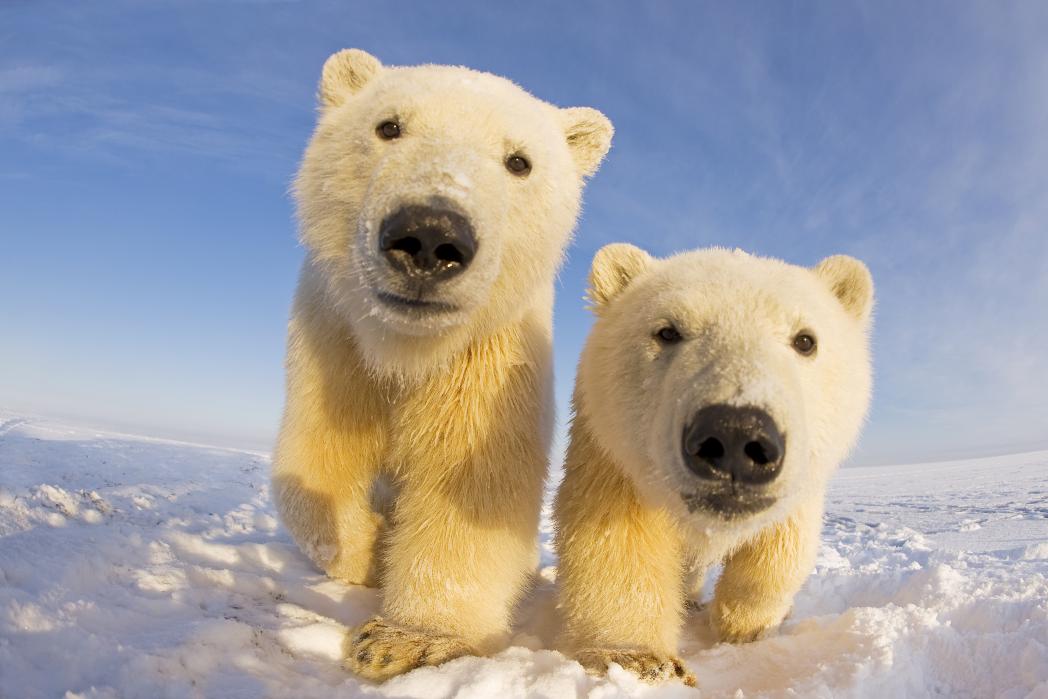
Myth 7. Polar bear numbers are increasing
This isn’t the case. Climate change is the biggest threat faced by polar bears. The Arctic is warming roughly four times faster than the rest of the world, causing sea ice to melt earlier and form later each year. This makes it more difficult for female polar bears to get onto land in late autumn to build their dens and more difficult for them to get out onto the sea ice in the spring to feed their cubs. Their main source of prey, seals, are also affected by climate change, as they depend on sea ice to raise their young.
This means that in some parts of the Arctic, polar bears are having to survive with less food than they did previously. Polar bear populations are predicted to decline by 30% by the middle of this century.
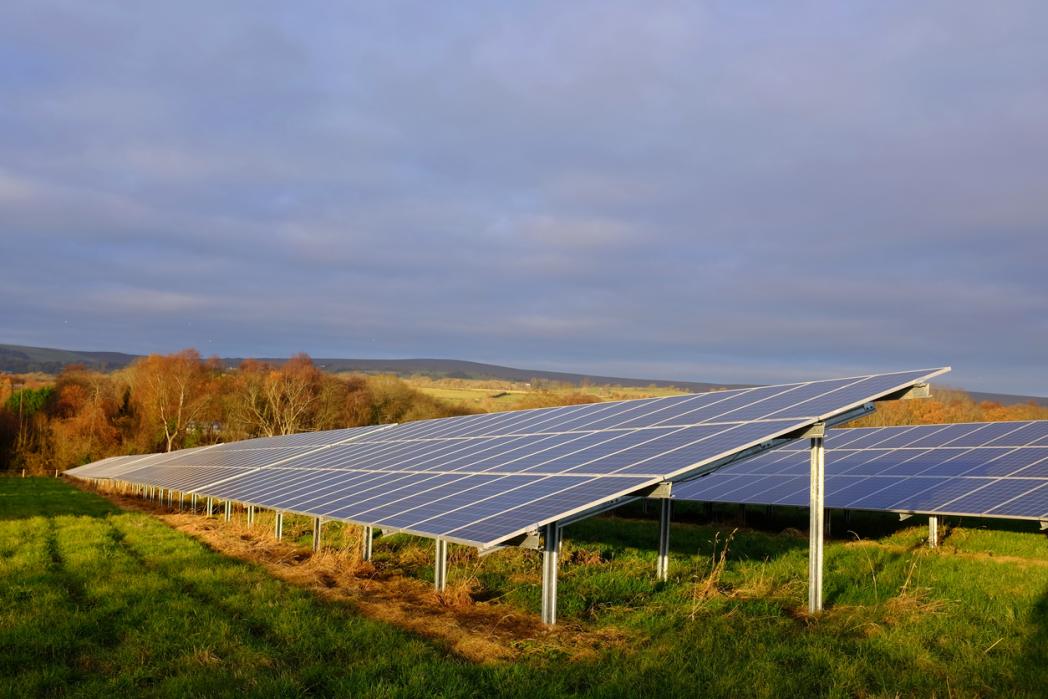
Myth 8. Renewable energy is more expensive
The belief that renewable energy is expensive, simply isn’t true! Solar power and wind are the cheapest ways of generating electricity, meaning that the energy they produce is cheaper than nuclear, gas and other fossil fuels. Some estimates show that renewable energy can be up to nine times cheaper than gas! The cost of renewables has fallen faster than anyone could have predicted, yet the UK Government are still backing dirty fossil fuels.[3]
Right now, people are facing a huge rise in the price of energy and food. The main drivers of this include the price of fossil fuels, while crops around the world are also failing in the wake of droughts and floods caused by climate change. Tackling climate change and fixing the cost-of-living crisis go hand-in-hand. Both challenges have the same root cause – a reliance on expensive and polluting fossil fuels – meaning that both challenges have the same solution.
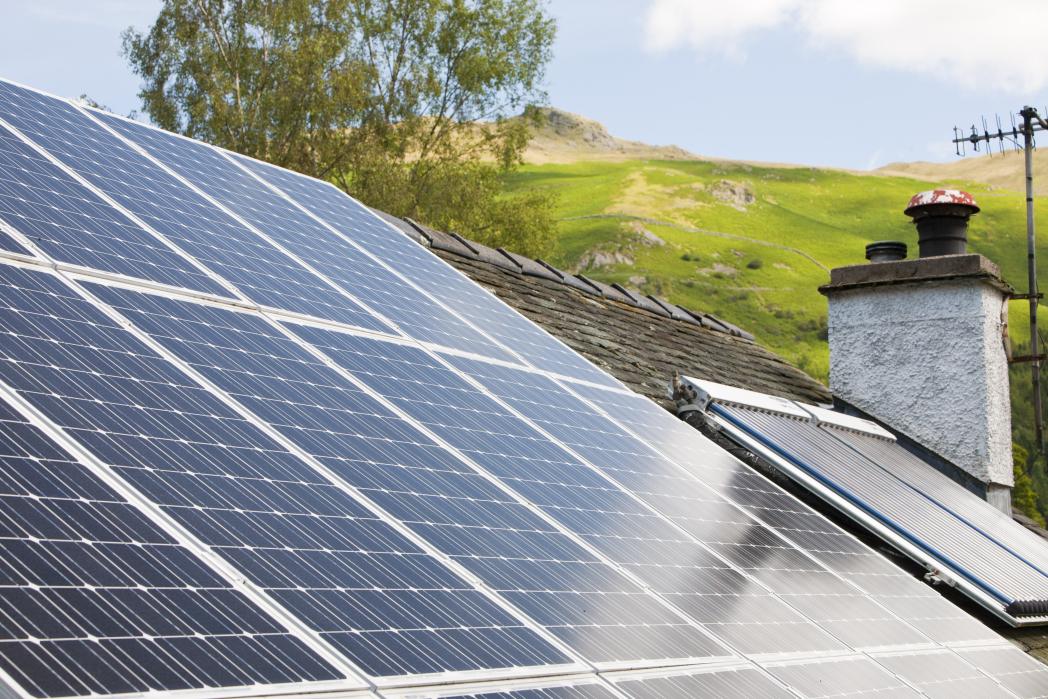
Myth 9. Renewable energy can only work when it's not cloudy or windy
The energy industry is developing new methods for storing electricity and managing demand at peak times, meaning that even if the sun isn't shining or it’s not blowing a gale, it’s still possible to rely on renewable energy sources.
The majority of UK homes get their electricity from the National Grid. When you switch to a clean supplier, they guarantee that for every unit of electricity you take out of the grid, they’ll put the same amount of clean energy back in, helping to clean up our energy supply.

Myth 10. Climate change is a future problem
There is no longer an excuse for inaction on climate change as it pushes the burden of addressing the climate crisis onto future generations.
We’re already seeing the devastating effects of climate change on global food supplies, migration, conflict, disease and global instability, which will only get worse if we don’t act now. Human-made climate change is the biggest crisis of our time. It threatens the future of the planet that we depend on for our survival and we're the last generation that can do something about it.
In 2015, 196 countries signed the Paris Agreement, uniting in the shared objective of halting global warming to 1.5°C (when compared to how hot the world was before the Industrial Revolution). To help with this, the UK is striving to reduce its carbon emissions by 68% by 2030 and is aiming to achieve net zero emissions by 2050. Therefore, in order for us to successfully achieve this goal, we need to act now.
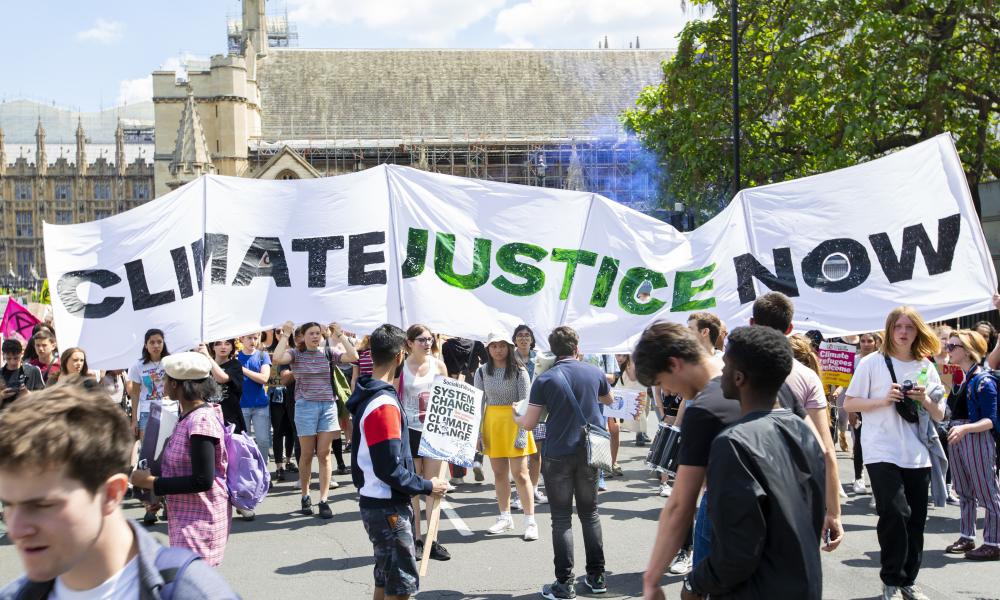
You have the facts, now take action
You have the facts, now take action
Climate change is the greatest environmental challenge the world has ever faced, but we have the solutions and we know nature can fight back. We need people all over the world to take action and join the fight for our world
Sources
[1] Global Temperature: Vital Signs – Climate Change: Vital Signs of the Planet (nasa.gov)
[2] Climate Change: Atmospheric Carbon Dioxide: NOAA Climate.gov
[3] Analysis: Record-low price for UK offshore wind is nine times cheaper than gas - Carbon Brief
 How we can fight climate change
How we can fight climate change
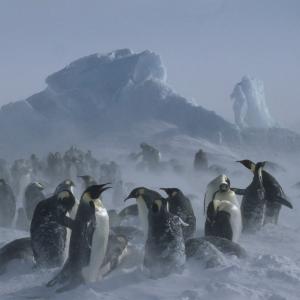 Antarctica: a massive frozen landmass
Antarctica: a massive frozen landmass
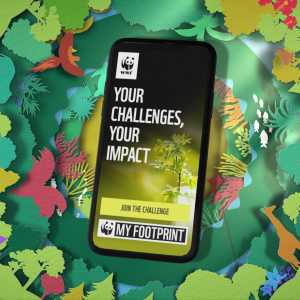 Download WWF's My Footprint app
Download WWF's My Footprint app
 Brave The Chill
Brave The Chill